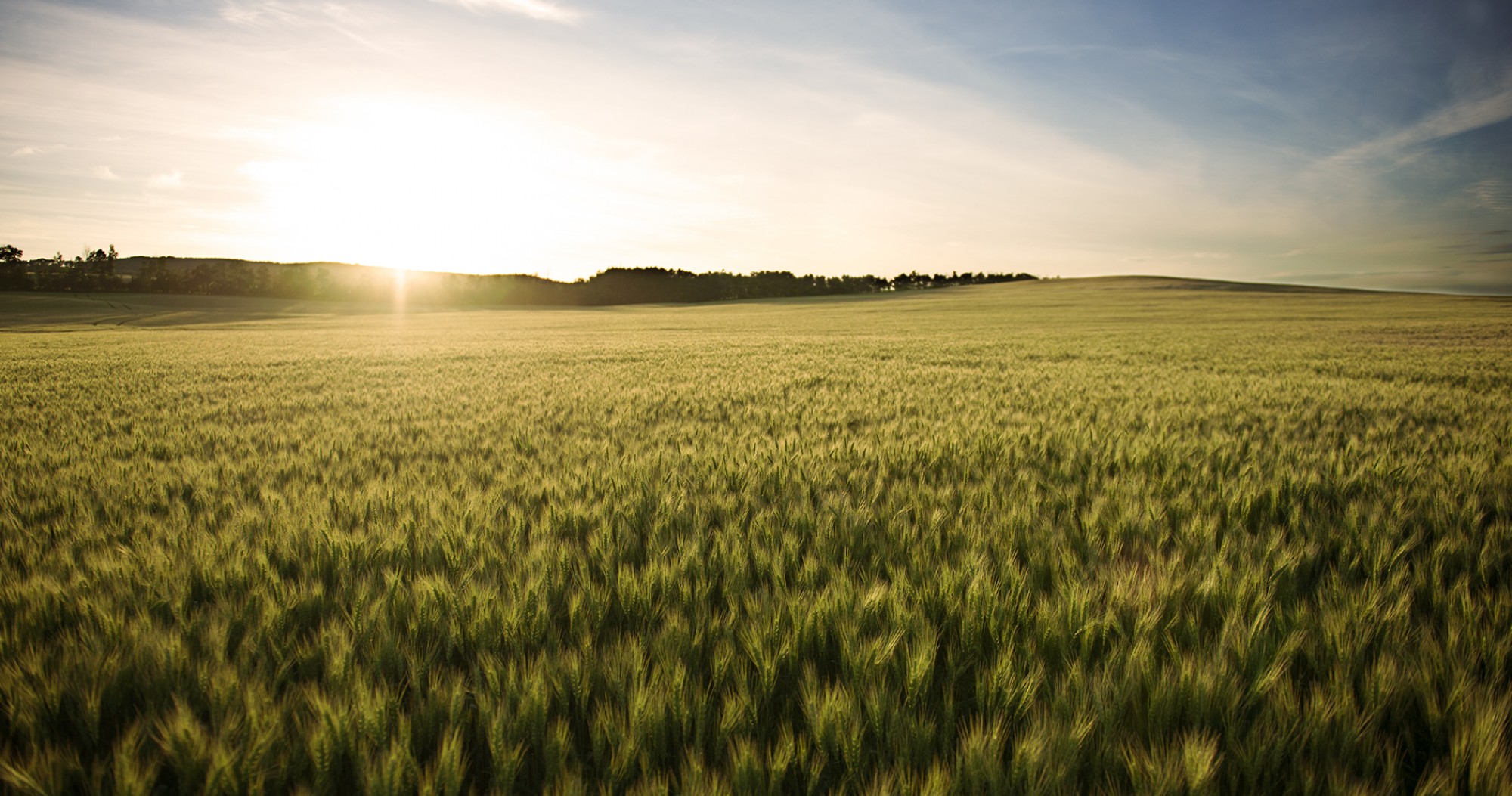Five simple tips to keep it clean on your farm
Canadian wheat and barley growers work hard to produce crops to the highest standards of quality and safety. Domestic processors, grain buyers and export customers trust the quality and cleanliness of these crops but are increasingly testing shipments for levels of pesticide residues and traces of disease to ensure contract specifications are being met.
“It’s really important to me that at the end of harvest, that I have a crop that is marketable, safe and healthy,” says Jason Lenz, who grows wheat and barley along with faba beans and canola near Bentley, Alberta. “It’s really just about doing the right thing as far as best management practices.”
As a grower, the decisions you make for your farm today can make a big difference tomorrow. Help maintain access to key markets and protect Canada’s reputation for quality and protect your investments by keeping it clean this growing season.
Simple Tip #1 Use Acceptable Pesticides Only
Only apply pesticides that are both registered for your cereal crop in Canada and won’t create trade concerns. Talk to your grain buyer to ensure the products you plan to use in 2021 are acceptable to domestic and export markets. One product of special concern is glyphosate, which is under increased consumer scrutiny. See tip #2 for important pre-harvest glyphosate guidelines.
Simple Tip #2 Always Read and Follow the Label
Always follow the label for product rate, timing and pre-harvest interval (PHI). PHI is the amount of time that must pass between the last application of pesticide and swathing or straight-cutting. Harvesting grain too soon after pesticide application may result in unacceptable residues.
For example, glyphosate should only be applied for pre-harvest weed control once grain moisture is less than 30 per cent in the least mature areas of the crop. Applications made before the correct stage increase the risk of unacceptable residue in the grain. Refer to the Keep it Clean Pre-harvest Glyphosate Staging Guide to learn more about timing pre-harvest glyphosate.
Simple Tip #3 Manage Disease Pressure
Seed the most disease-resistant varieties available to protect your crop against fusarium head blight (FHB). FHB may produce mycotoxins such as deoxynivalenol (DON) on grain, which is strictly limited by importing countries.
Along with supporting access to key markets, an integrated disease management plan in cereals helps to maintain your yield and profitability. If hot, humid or wet conditions persist during head emergence and flowering, consider applying a foliar fungicide to help protect the crop from FHB. As well, avoid irrigating the crop during flowering.
Simple Tip #4 Store Your Crop Properly
Ochratoxin A (OTA) is a potent mycotoxin that can form on stored cereal grains in high moisture conditions. OTA is produced by Penicillium verrucosum, a naturally-occurring soil fungus; but, unlike DON, OTA forms exclusively in storage. To mitigate the risk of OTA forming in your grain, keep bins and grain handing equipment clean, ensure crops are harvested or dried to a safe level for storage. Even fine droplets of condensate inside the bin can allow the fungus to grow.
Simple Tip #5 Deliver What You Declare
Remember, the mandatory declaration of eligibility is a legally binding document. When you sign the declaration at the elevator, you are making a legal assertion that your crop is the variety and/or class you have designated, and whether your grain may contain residues of specific crop input products.
We are all in this together! By doing your part to keep your crops market- ready, you help keep markets open for all. For more information, visit keepingitclean.ca/cereals.

